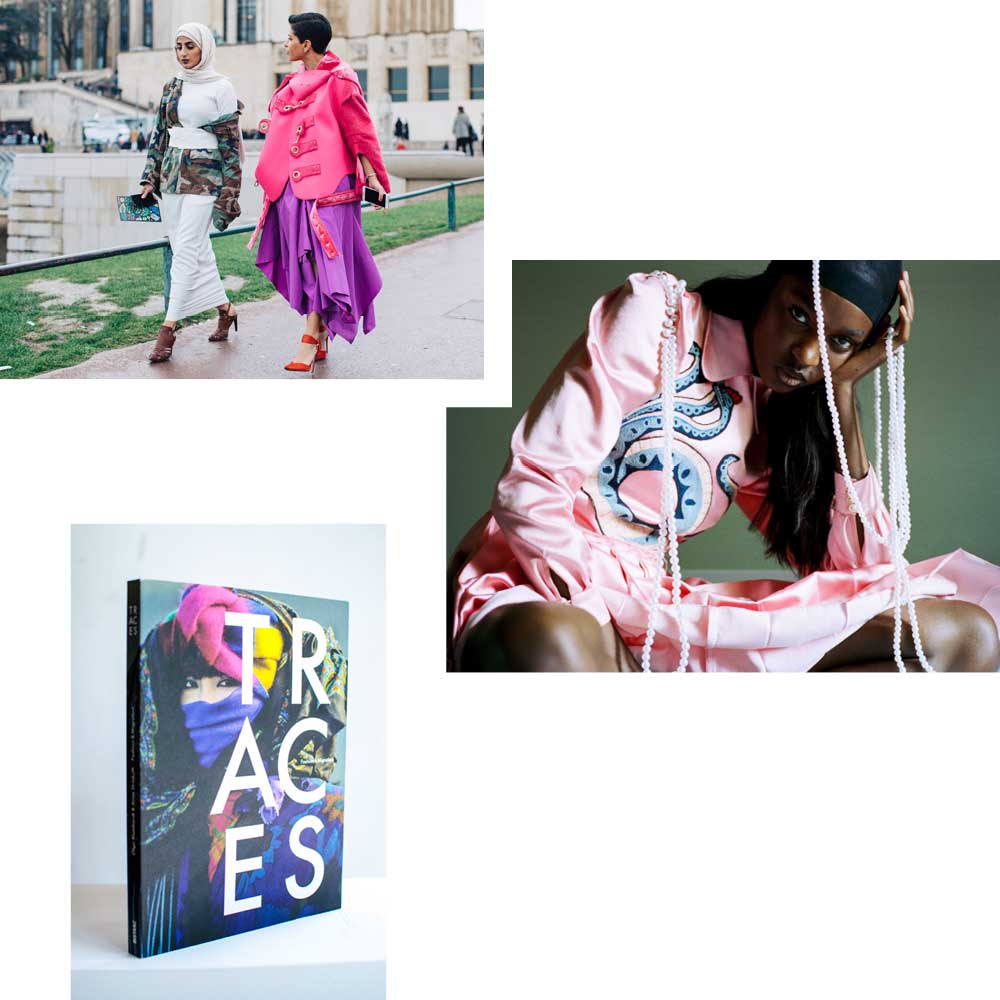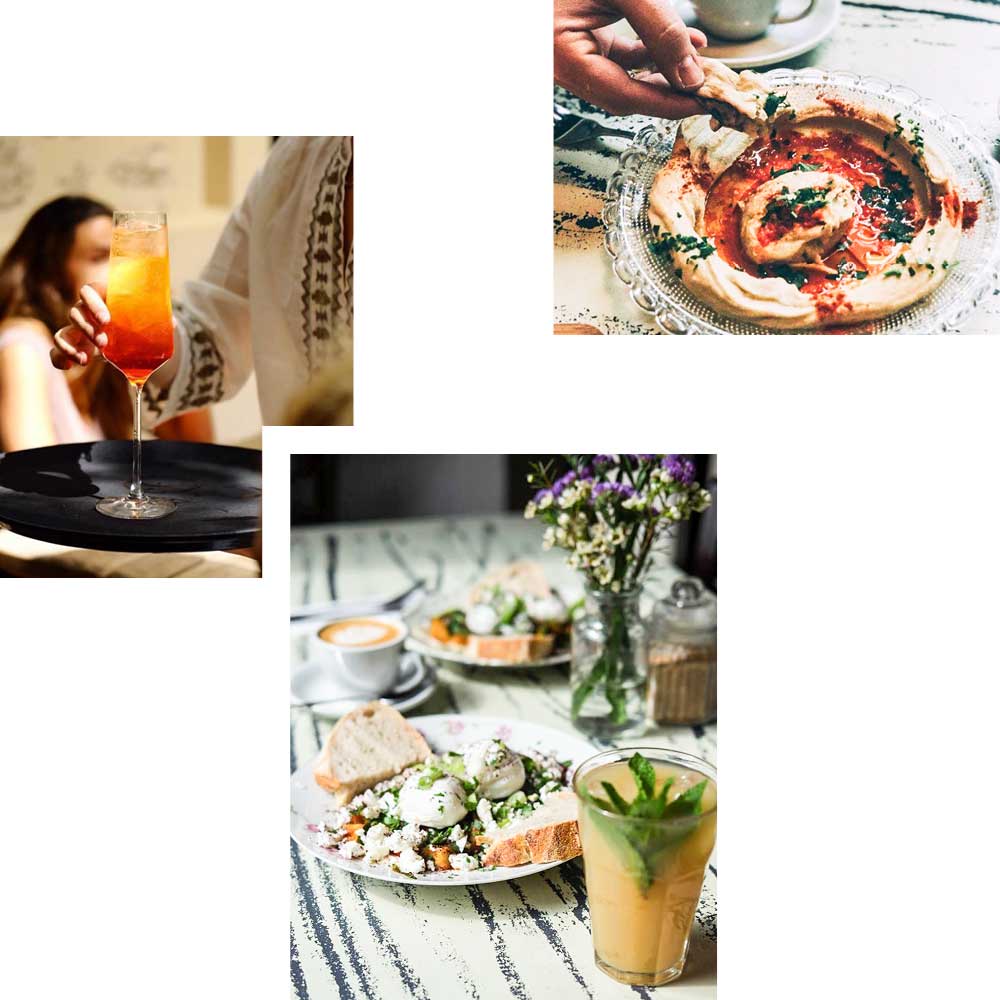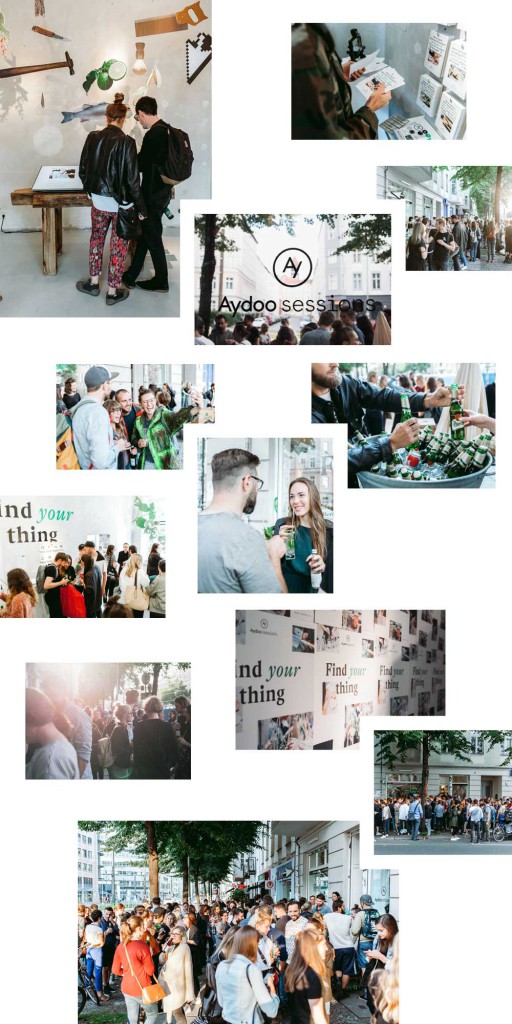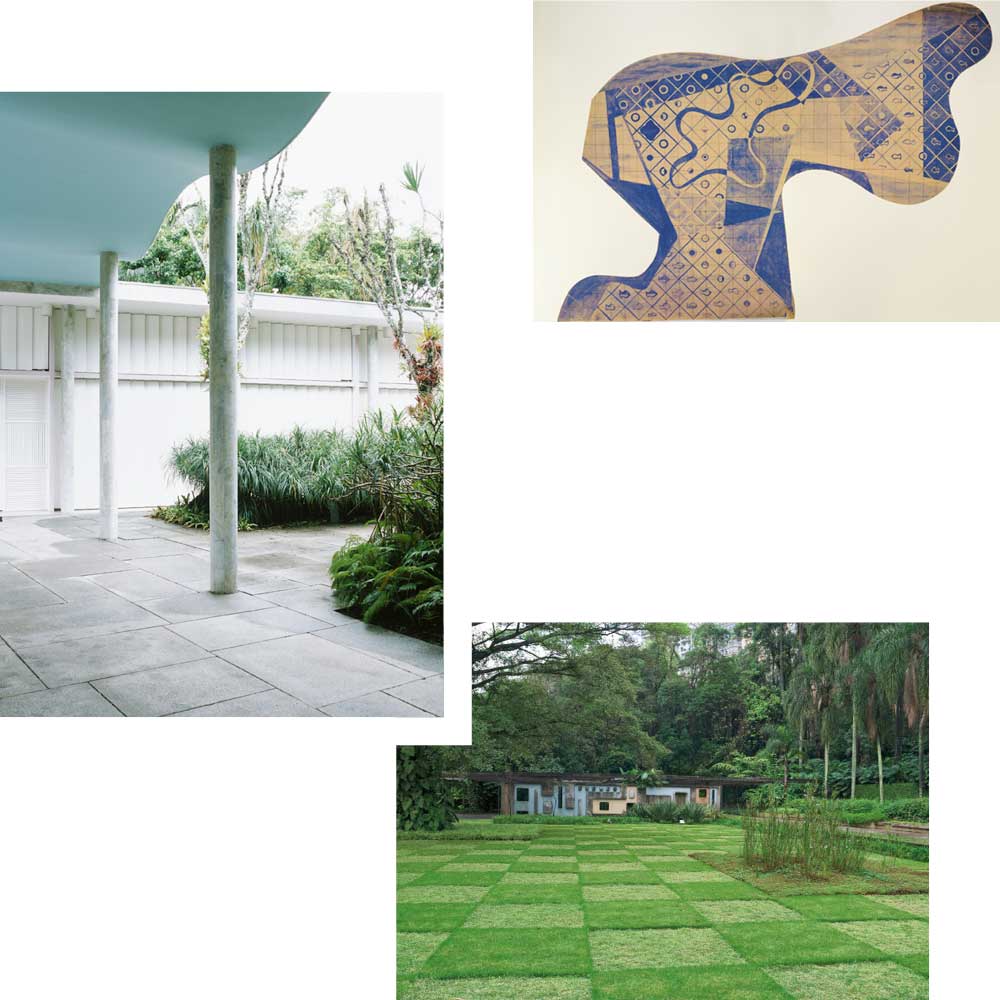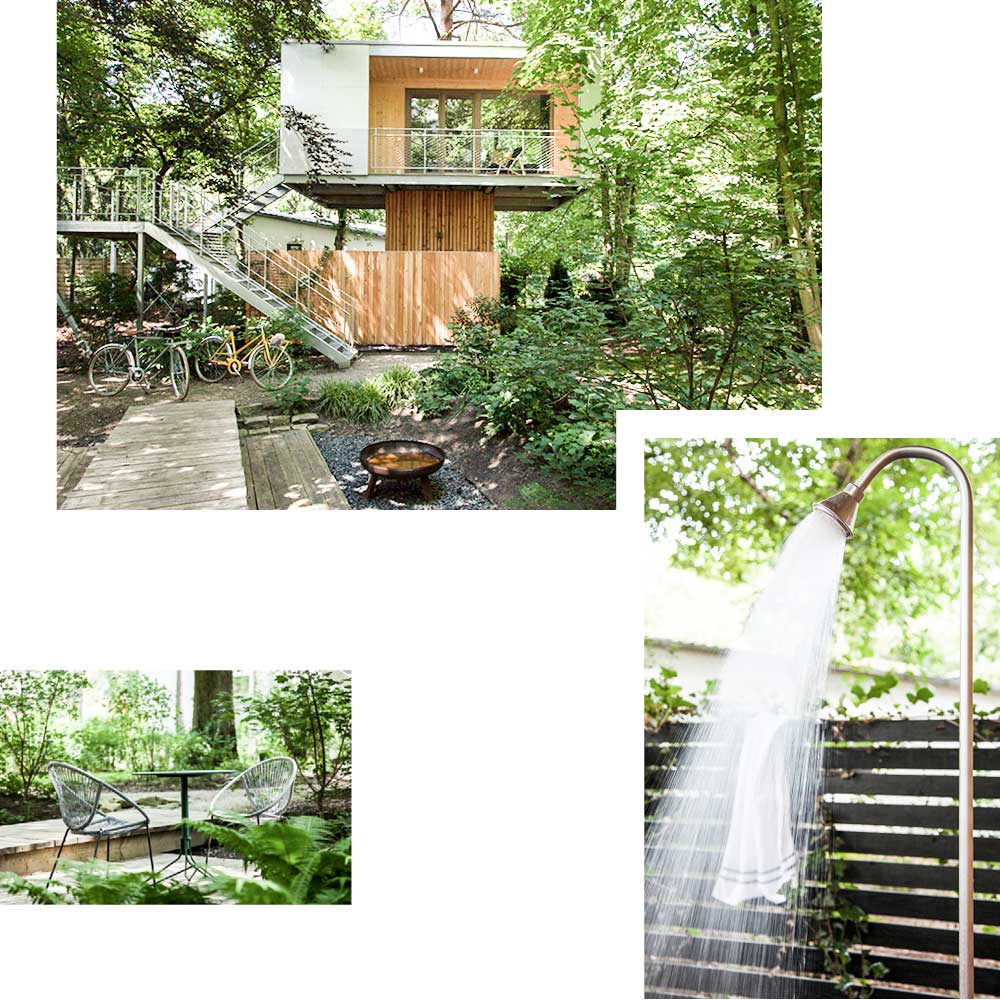
A little staycation is right around the corner – just off the last station on the U3, Krumme Lanke, to be exact. Here, in the heart of Berlin’s villa district, you’ll find two amazing urban treehouses within walking distance to the lake. Originally dreamed up by Kolja Stegemann and his grandfather, they were brought to life by Kolja himself — who is devoted to the subject of urban living through his Suite 030 platform, where he offers stylishly furnished apartments for temporary rent. But The Urban Treehouse is more than just a project in his portfolio; it’s a labor of love. Consider Stegemann’s rental strategy: the treehouse is rented primarily to members of the Urban Treehouse family, who pay an annual fee in exchange for a certain usage quota. Both houses on the property are designed for two adults. Bicycles, a grill, deck chairs, and a sauna round out the offerings for a perfectly equipped summer escape. But, best of all is the view out the windows – when you wake up in the morning, you look directly into the tree canopy. Then, of course, there’s the lake, which is especially lovely early in the morning or late in the evening, when only locals are about. At that hour, when you’ve exchanged subway noise for birdsong, you’ll know one thing for certain: perfect weekends are made in the treetops. (Text: Nina Trippel / Photos: The Urban Treehouse)
The Urban Treehouse, Quermatenweg 23, 14163 Berlin-Zehlendorf; map




